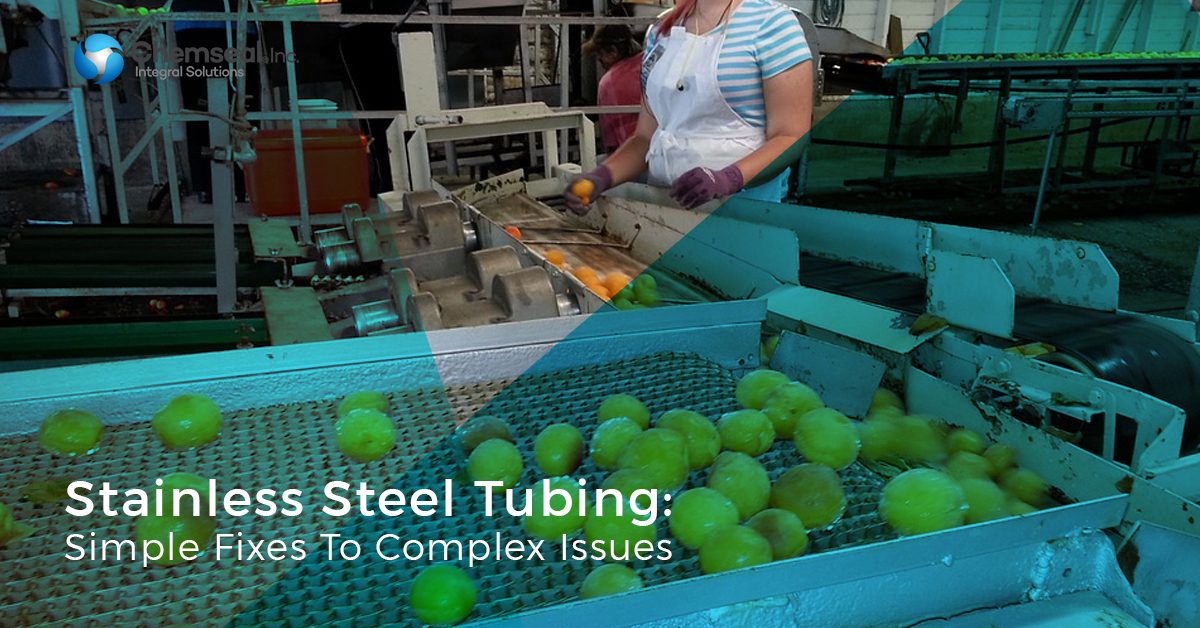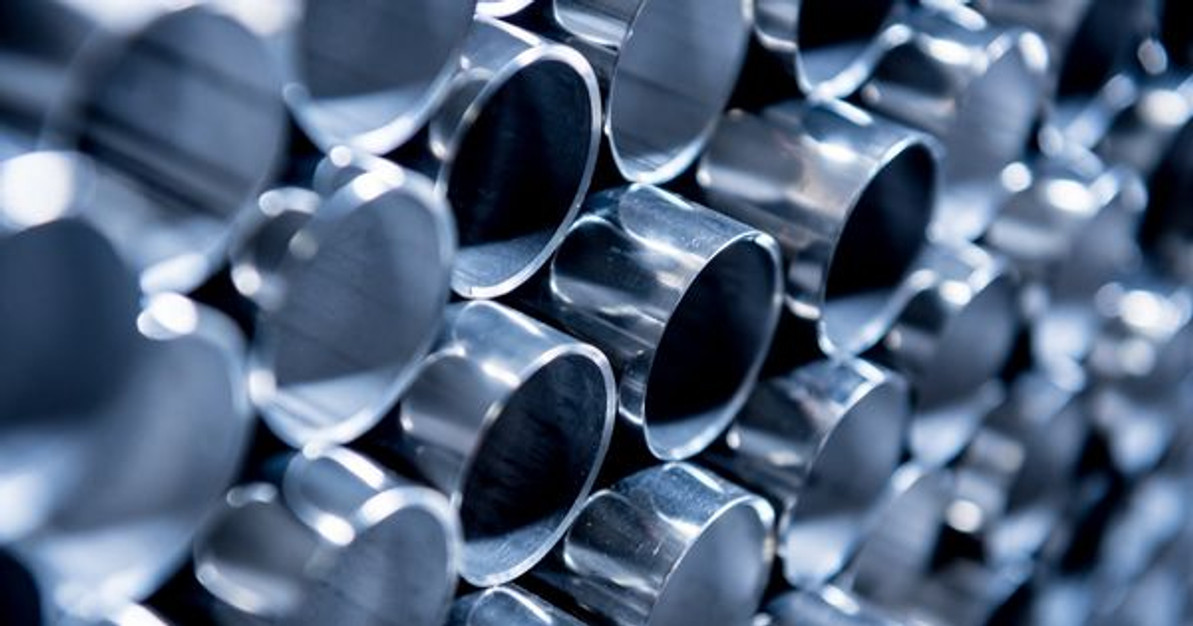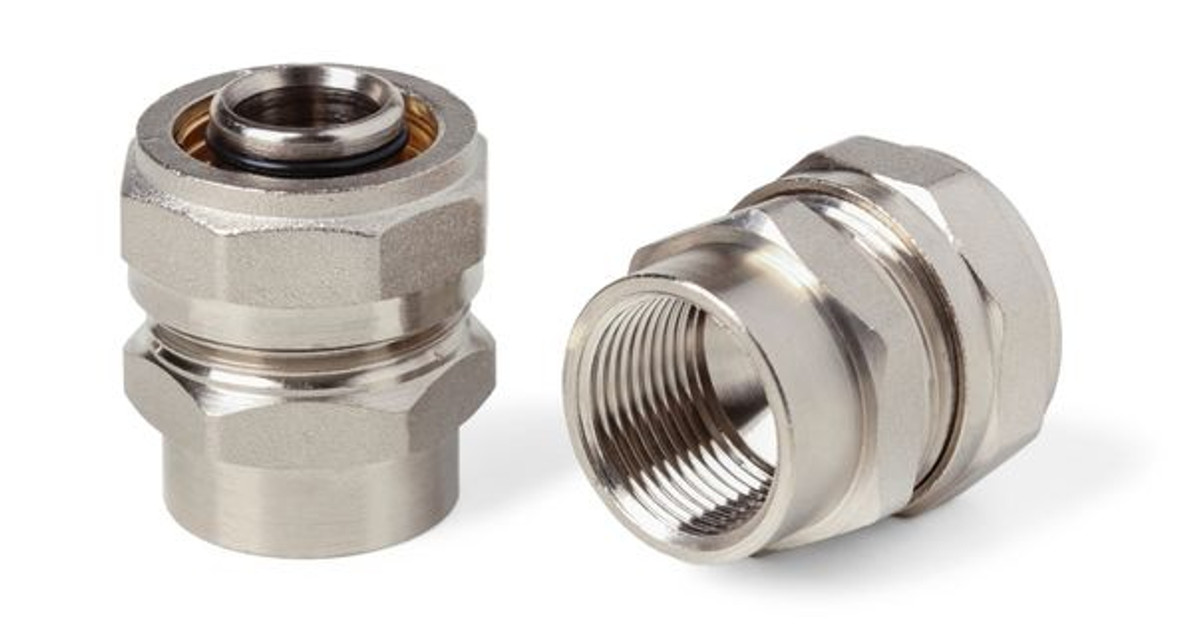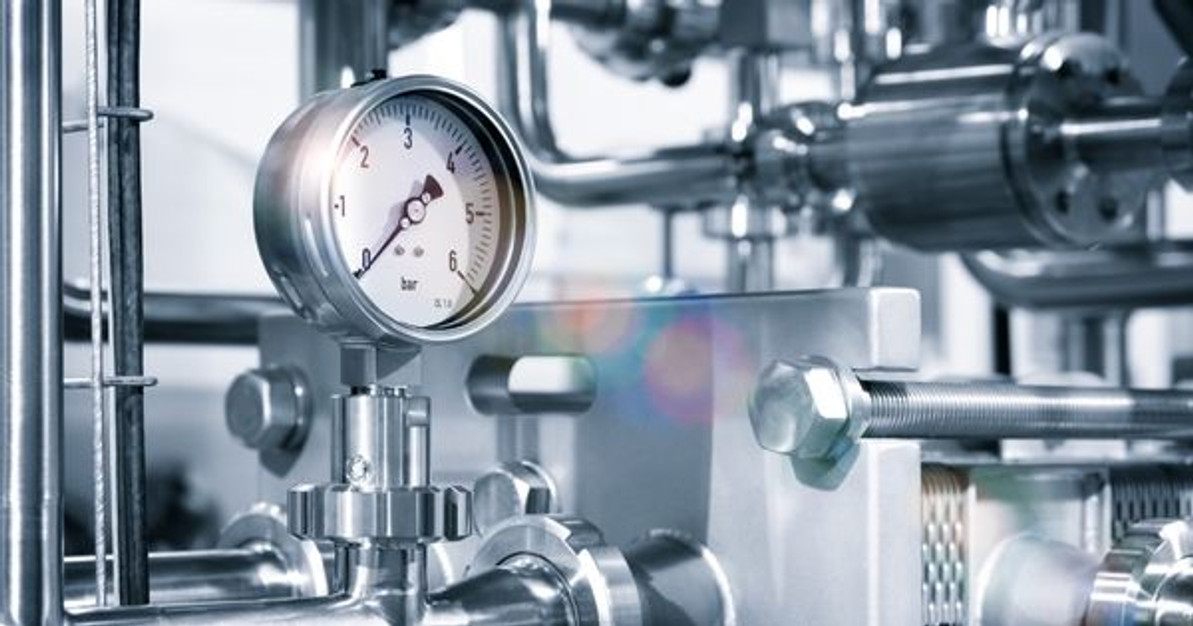 Aug 22nd 2017
Aug 22nd 2017 Stainless Steel Tubing: Simple Fixes To Complex Issues

In our last blog post, we touched on the sheer importance of proper food sanitation - something that our reputation shows we’re passionate about here at Chemseal. Humans need to eat, drink and consume products on a mass scale in order to survive in a convenient and streamlined manner, and process sanitation is the key to making sure that products are being made that are safe to consume. In any case, no one wants to deal with the absolute misery that is food poisoning or giardia. Our sanitary stainless steel tubing and integral products are dedicated to your well being and overall health, and Chemseal is to proud to partner with sanitation process companies all over the world.
We Have Sanitation Covered
In another blog post about food safety and ensuring the sanitation of consumer goods production, we’re going to learn more about the ins and outs of microbial issues, verifying whether a piece of equipment is ‘clean’ or not, and more. While the complete and total sanitation of an entire food or beverage process is a complex matter, we like to think that our solutions are actually pretty simple. Curious about what Chemseal can do for your business? Learn more here. Now, let’s continue diving into the world of sanitary processes.
Clean Equipment Verification
Our previous blog post on this topic emphasized the distinction between cleaning something and actually sanitizing it. So, you think that you’ve followed quality assurance protocols and properly cleaned a piece of equipment, but how can you actually verify that this piece of equipment is truly clean before it even gets sanitized? By now, you’re probably thinking that this is a pretty strict ordeal, and you’d be correct.
Verification of the efficacy of cleaning is possible with the use of various methods including (but not limited to) visual inspection, microbial enumeration, and adenosine triphosphate (ATP) detection. Rigorous industry standards dictate that individuals responsible for ensuring this process first establish a quantifiable baseline reference, and then verify that cleaning has been performed at or above this threshold.
So, in a food manufacturing plant, for example, this process typically involves identifying several test points based on surface and product type, hygiene zone, and risk level that must be verified before the production itself can begin.
Precision And Accuracy In Food Safety Management
Food safety managers need their results to be fast and on-time. But more importantly, food safety managers need results that are precise, reliable and accurate. Following this, scientists and engineers have begun focusing on enhancements to improve things like testing speed, precision, and accuracy. To do this, rather than through the standard photodiode and silicon-based instrumentation, the top food safety developers use something even more modern and trustworthy. Top developers have selected photomultiplier detection technology for food safety and sanitization results to be as fast and accurate as possible within the limits of today’s technology. This is the gold standard used in scientific fields ranging from astronomy to medical imaging and medical device instrumentation to radiation. Without going into extreme technical detail, we’re able to follow instructions and verify that equipment is sanitary in food processing due to the fact that photomultiplier detection technology is about two times faster and 100 times more sensitive to light as compared to photodiode-based solutions.
Considering The Human Component Of Sanitary Processes
Even with the advent of incredible technology that promises to make the cleaning verification process more reliable than ever, it remains critical and imperative that food safety professionals adhere to protocol and follow instructions very carefully. For example, when it comes to a specific technique of swabbing or sponging samples to clean a surface, the most simple and yet important thing is to consistently follow the guidance and protocols as provided by the manufacturer of the product being used.
Indeed, it is this very attention to detail that keeps the human element in check during the process of actually determining whether a food preparation surface or piece of manufacturing equipment is acceptably (ideally, exceptionally) clean. While we may sound like total sticklers about sanitation processes, accuracy is critical in hygiene monitoring - precision and reliability mean everything, and something like ‘eh, close enough’ is far from acceptable.
Ensure Food Safety Quality With Chemseal!
Whether your company is in need of sanitary tubing or stainless steel sanitary butterfly valves, Chemseal has a comprehensive selection of sanitary stainless steel parts to give you the peace of mind that your food, beverage, or other operation is in check and meeting regulatory quality and sanitation measures. Want to learn more? Shop our collection of sanitary tubing or ask us any questions today.
 Aug 22nd 2017
Aug 22nd 2017 Recent Posts
-
Nov 7th 2022
What Is Food-Grade Stainless Steel Tubing?
Businesses that produce food and beverage products must operate hygienically. Sterile environments a …Nov 7th 2022
-
Oct 11th 2022
Why Sanitary Fittings Are Important for the Medical Industry
Sanitary fittings are useful for many industries. Food and beverage manufacturers have used these to …Oct 11th 2022
-
Sep 23rd 2022
What Is the Max Operating Temperature for Stainless Steel?
Stainless steel is valued in many industrial applications because it’s capable of withstanding high …Sep 23rd 2022





